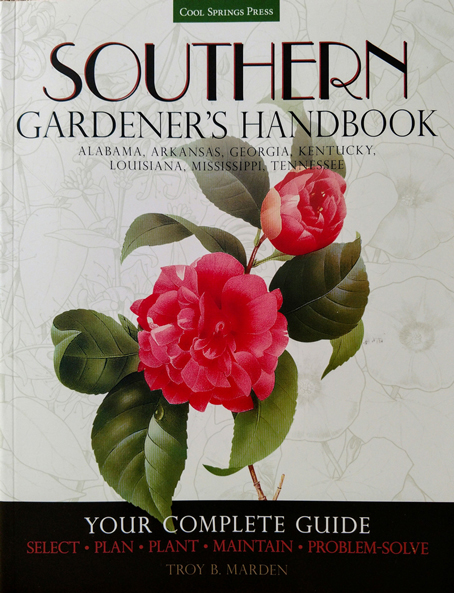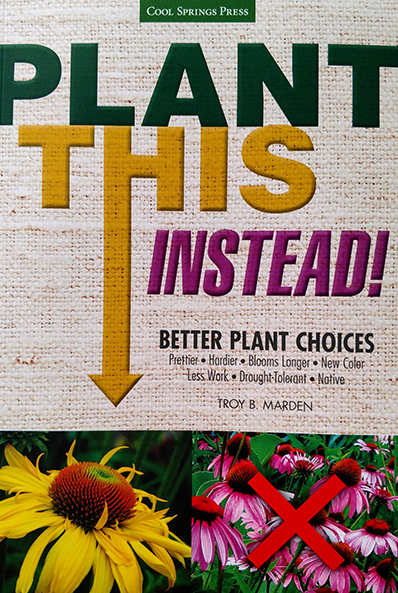Well, I finally got out in the garden for a few hours yesterday afternoon. The oak leaves were still piled in the front beds where they fell late last fall and I had allowed them to stay for the purpose of offering winter protection to a fair number of newly planted perennials. They’re cleaned up now and the beds are ready for a good, thick layer of composted horse manure that will act both as soil conditioner and mulch. The worms will have their way with it and incorporate it into the soil over the course of the growing season, but until they’ve done all their work, it will help to hold water and suppress weeds. It will also add valuable nutrient and organic matter to the soil, which my soil is desperately in need of. The texture is pretty good–the organic matter content is wretched.
As those of you who have followed along for a while already know, most of my plants have been in containers for the past several years until I found a place to land, at least semi-permanently, before putting them in the ground. Some found homes in the new garden last fall, but many had to go through one more winter in their pots. Since I didn’t move in until August, I really had no idea where dormant plants (especially early spring things) might be hiding and there is no worse feeling than hearing that sickening crunch when you put the shovel right through the crown of something that was hidden underground. So I waited.
The bad news is that it seems that a fair number of plants didn’t appreciate going through our zero degree cold snap in pots. One of my jobs yesterday was to go through the “nursery” to see what had survived. Trees and shrubs fared well, for the most part. Perennials and bulbs–not so much. It appears that I’ve lost at least half of my hellebores (several that aren’t even on the market yet), all of my lilies (except, thankfully, for the Madonna lily that was my grandmother’s) and about 1/3 of the perennials that were in containers (including a few things that were quite rare and unusual). I did the best I could with the winterizing–grouping pots close together for added insulation, mulching, and putting them in protected areas out of the wind (as much as one can when living on top of a hill). Alas, zero degrees took its toll.
There were only a couple of losses that really hurt. Most everything is replaceable. And therein lies the gardening opportunity. My enthusiasm will not be squelched! A freak zero-degree weather event is not going to discourage this gardener. By summer, all of my plants will have a home–roots in the ground–and then I’ll start collecting again. What I’ve lost, I’ll reacquire. What I can’t reacquire, I’ll replace with something even newer, rarer and better. The plant collector in me will persevere!
And here’s the biggest lesson from my garden: If you’re going to live here, you’re going to have to survive. If you don’t, you’re compost–and I don’t feel the least bit guilty about it.


